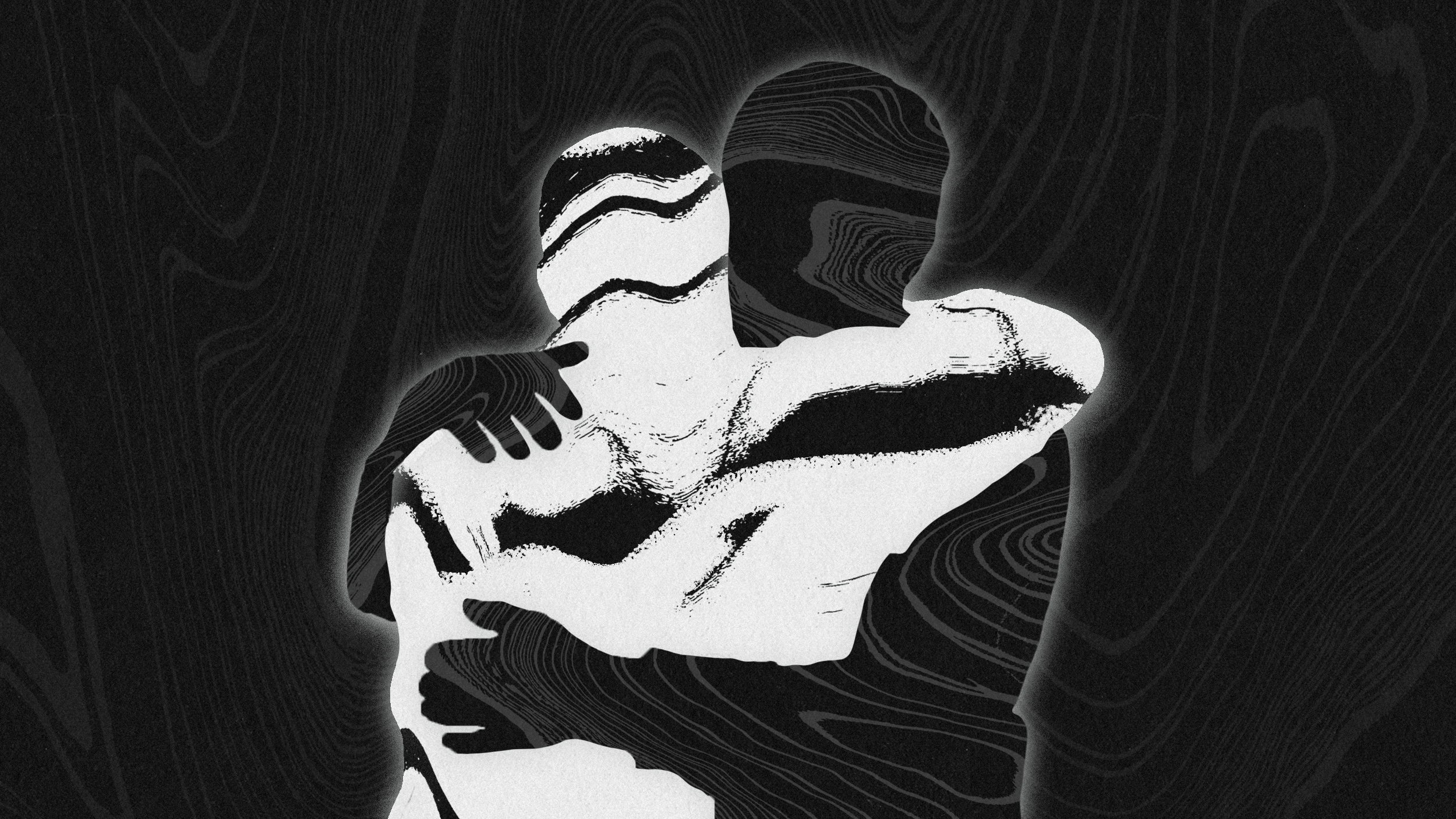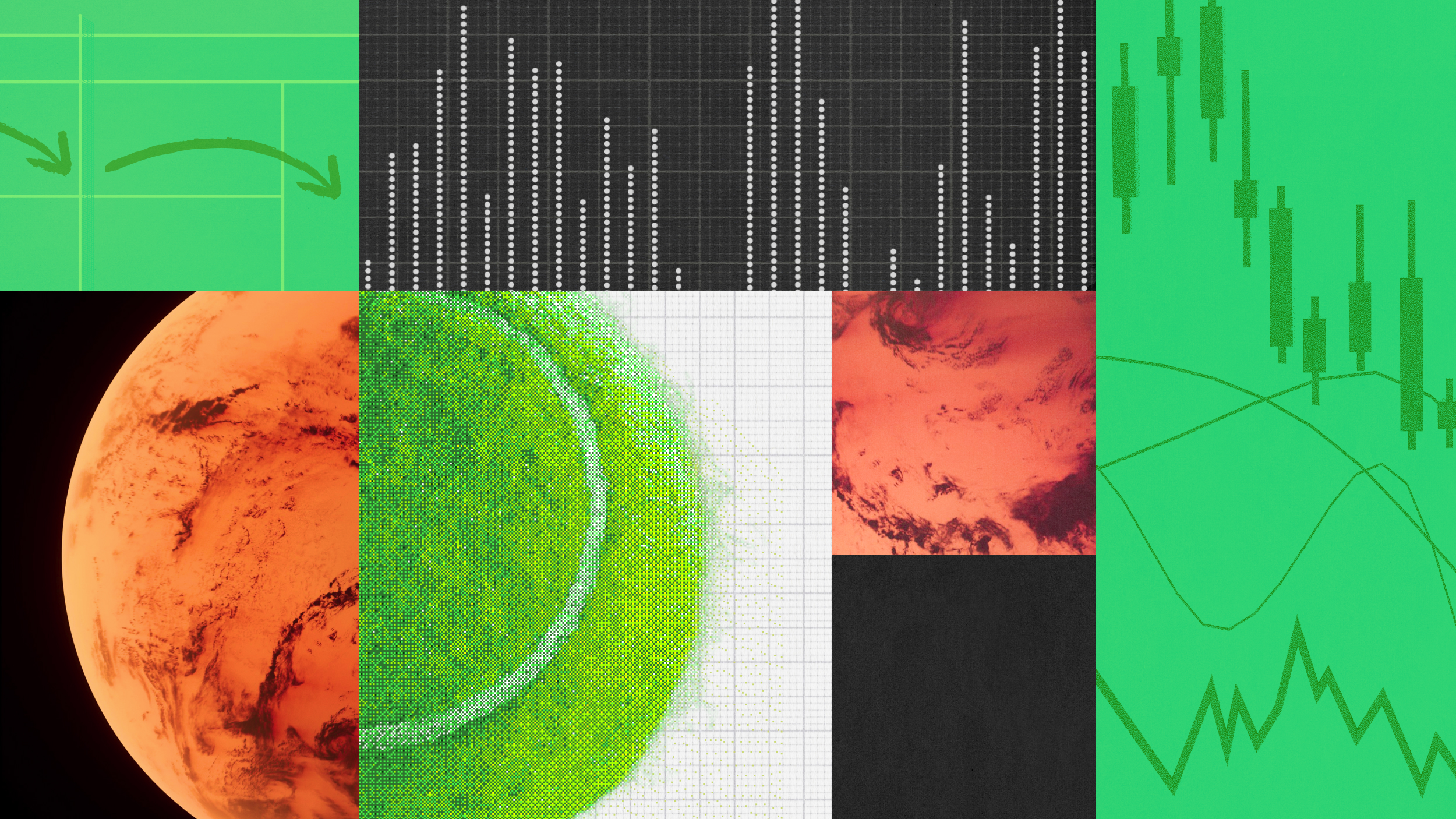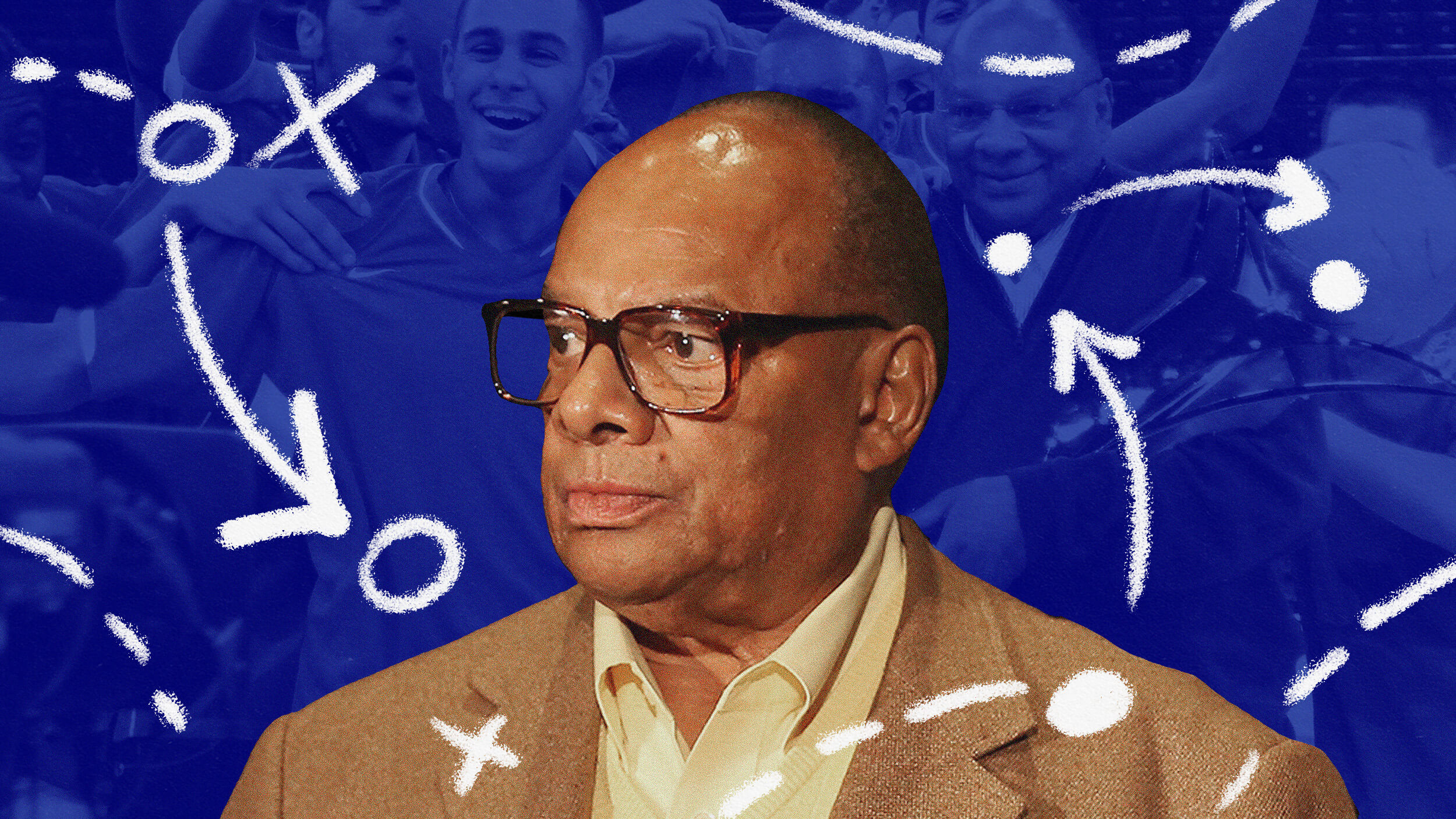Chris Williams, CMO of Capgemini, explains the expanding role of the chief marketing officer. He says CMOs should help grow the business in a weak economy.
Question: What are new challenges facing chief marketing officers? Williams: The Chief Marketing Officer has a number of challenges on his or her plate today. First and foremost, it’s about making sure that the marketing organization is viewed as a strategic partner to the business, and therefore it’s imperative that marketing align to the needs of the business and can clearly articulate to the rest of the organization through the communication channels that marketing has control over and the ecosystems that we build up in our organizations as to how marketing supports the alignment of the business. Marketing also plays a strategic role in terms of helping companies, especially those that compete in heavily deregulated industries, how to become more of a marketing led organization, and that doesn’t necessarily mean that marketing leads the organization, but it does mean that competitive differentiation is established, we clearly articulate what makes our company better than another company, and marketing fundamentally has a responsibility of making sure that every employee in the organization can clearly articulate what it is about the company that makes it unique and a leader in its respective industry. So there’s balancing both the strategic aspects of being a partner to the business as well as implementing the very tactical nature of, [either] the market strategies, our campaigns, our communications and really managing a whole system of populations, whether they’re employees, whether they’re your clients and customers, potentially investors, your supply chain partners, whatever the case may be, marketing has the responsibility of really being the glue for the business and bring all of that together in one consistent manner. Question: How do you grow business in a weak economy? Williams: In order to grow a business in a weak economy, the first thing you have to do is have a very strong understanding of what the strengths and weaknesses of your company are, and in many respects it means doubling down on the areas that you feel you’re particularly strong in. There may be client bases that you’ve done a very good job of delivering to, in which case taking extra care of those clients is critical. There may be investments that you’re planning on taking, that may need to change from a time scale perspective because the market isn’t right. You’re capabilities aren’t necessarily lined up to take advantage of that in a weak economy. So it’s really understanding where your core strengths and capabilities are where you’ve had significant success and staying close to that success and potentially identifying adjacent areas of opportunities where you can continue to leverage that strength and stay away from what might be a potentially new, risky venture. Question: How has globalization impacted your work? Williams: Globalization has had a significant impact on the consulting and IT services marketplace. One of the things that we’re trying to take advantage of is tapping into a global resource pool. Arguably, there is a shortage of the type of talent that we’re looking for in our industry, and therefore being able to reach out across the globe and tap into global delivery centers, global employee populations is critical for our business. If we do that successfully, and we have over the last number of years migrated to that model, you can then tap into a better value proposition for clients where in many cases you can [arbitrage] different labor rates across different economies and different societies to provide your clients with a truly high value solution which implies that you’ve been able to moderate your cost across that talent pool. The second advantage is our company happens to be global. We’re headquartered in Europe. We have a tremendous track record of delivering projects for clients around the world, so when it comes time to working with North America companies, we’re in a good position to share with them what the global competitive scene looks like, what we’ve done with some of their global competitors in terms of helping them succeed in that market, and basically enable North America corporations to be more effective as they start to chase the higher GDP associated with the merging markets or international markets. Question: What is an important lesson you’ve learned about business? Williams: I think one of the biggest lessons that I’ve learned in my career is to be comfortable with change. Gone are the days where you can go work for a company for 30 years, so being comfortable, making a change, staying true to what really motivates you, not being afraid to operate outside of your comfort zone, and in fact making it a deliberate practice to move out of your comfort zone, whether it’s to move across different functions in an organization, whether it’s to pick up and move geographically, both within the domestic US or across the globe, so being proactive about staying outside your comfort zone will mean that you’re in a position to handle change in a much better fashion than people who might not have done that.





